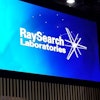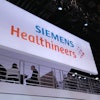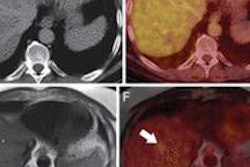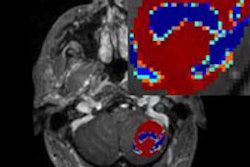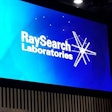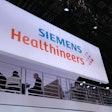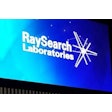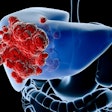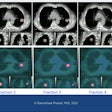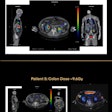Medical imaging software developer Mirada Medical is promoting three studies on workflow efficiency that are being presented at the American Society for Radiation Oncology (ASTRO) 2013 annual meeting in Atlanta.
Mirada is highlighting autocontouring technology, which uses the company's deformable image registration (DIR) engine, is available as part of Mirada's RTx software, and has recently been licensed to GE Healthcare.
In one of the studies, a multicenter research team examined the performance of autocontouring using multidisease atlases defined at one center but applied and evaluated in other centers. The researchers found all evaluators from all centers and for all disease sites agreed that atlas-based contouring can save time and improve efficiency.
The study also examined the variability in reader assessments across centers and body regions, finding there was variability in the degree of time-savings despite evaluators using the same patient cases, in particular with thoracic and head and neck patients. The authors concluded that a single set of atlases can save time and improve efficiency, but further improvements may be possible through the use of site-specific, user-defined atlases.
A second, related study examined the performance of autocontouring for replanning using a patient's previous plan. This is relevant for retreatment cases or in adaptive therapy. The researchers found that all readers from all centers and for all disease sites consistently scored the results at a very high level and considered the results to require minimal editing, Mirada said.
The third study investigated the use of different contour fusion methods for multiatlas autocontouring in the male pelvis. It compared the performance of two multiatlas fusion techniques, "staple" and "majority voting," with single-atlas methods. The study found that the fusion of multiple atlases improved the result compared with single fixed atlases, and the staple technique is better than majority voting for the male pelvis.
